Enjoying our Blogs?Your support helps BSBO continue to develop and deliver educational content throughout the year.
|
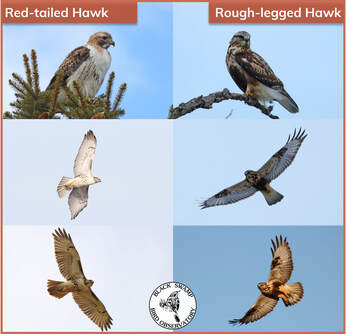 Along with finches, owls, and sparrows, winter offers a fantastic opportunity to witness another arctic pilgrim in the lower 48, the Rough-legged Hawk (RLHA). With a widespread winter range throughout the central and western US, RLHA is primarily limited to states north of Kentucky and Virginia in the east (although birds don't always conform to their range maps). With relatively few hawk species during winter in the eastern US, this large hawk is fairly unmistakable, with only one other species possessing a similar look and build: the Red-tailed Hawk (RTHA). Both of these raptors are in the genus buteo and look rather similar with a large wingspan, brown upperparts, and light underparts with dark streaking. Additionally, during winter these two species can often be found hunting the same fields and open areas, causing many double-takes as RLHA seekers carefully inspect every RTHA they come across. For the sake of simplicity, we'll only focus this post on the type of RLHA and RTHA most commonly seen in the east: the light-morph RLHA and eastern RTHA subspecies (borealis). But it is a good idea to familiarize yourself with the dark-morph RLHA as well as the numerous RTHA subspecies. Aside from the obvious red tail of the adult RTHA and feathered legs of the RLHA, there are a few other distinguishing features to keep in mind with these beautiful buteos. Beak Size: Although similar in body size, the RLHA's beak is much smaller than the RTHA. The RTHA has the stereotypical large, protruding hooked-beak of many raptors, whereas the RLHA's beak is much more petite giving its face a flat or even smooshed-in look, appearing somewhat more like a falcon. Belly and Breast: At some point along our birding journey, we've certainly heard of the "belly-band" field mark for RTHA. Plumage identifiers can all vary in appearance with each individual bird, but RTHA tend to show a band of dark vertical streaks around the mid-section of their body, often with the breast remaining pure whitish or with a few streaks around the edges toward the wings. RLHA also show this same feature, but amplified. Their "belly-band" is often a solid to mostly solid dark band (depending on age and sex) with heavy dark streaks covering the breast. "Arms" and "Wrists": Loosely applying some of our own human anatomy terms here, in flight and on the underside of the wings there are two spots to look for to differentiate these species. On the RTHA the patagium (the leading edge of the wing between the head and outer bend of the wing) shows a narrow, horizontal dark bar (a patagial bar), a gap of white, and then a narrow, vertical dark arc at the outer bend of the wing (or the "wrist"). The RLHA lacks this patagial bar and instead has a large, almost square dark patch at each "wrist."
These are just a few of the more obvious tips to distinguish between these two exquisite raptors in the east. Other differences include tail patterning, hunting style, and preference for perching locations. But like any other identification tip, every bird is an individual and shows variability (and can even behave variably), and identification should be based on more than one feature.
1 Comment
|
AuthorsBSBO Staff Archives
February 2024
Categories |
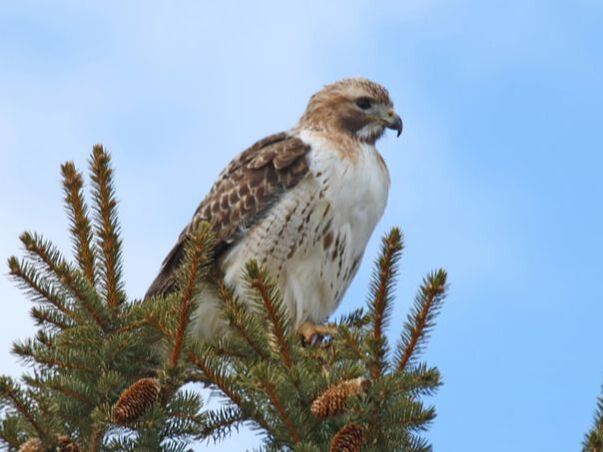
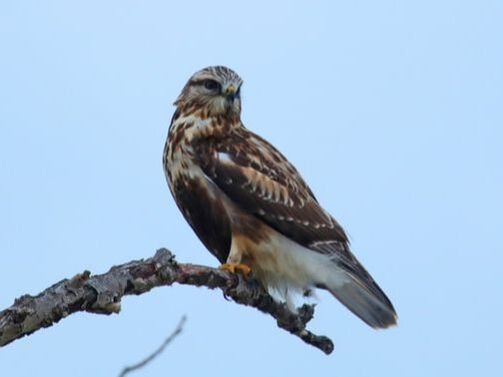
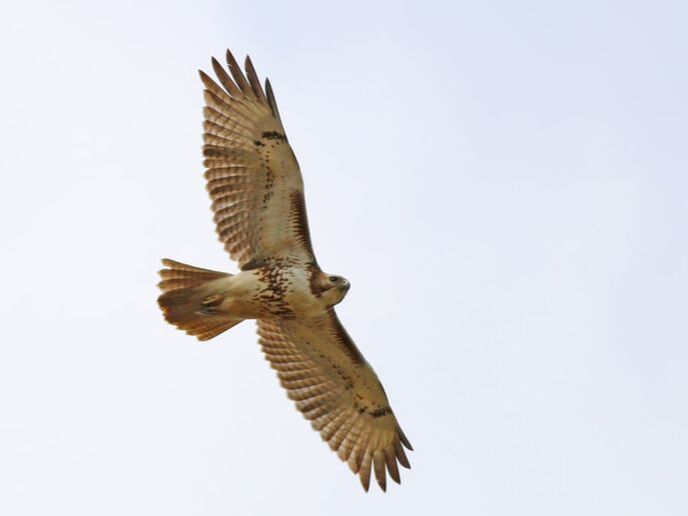
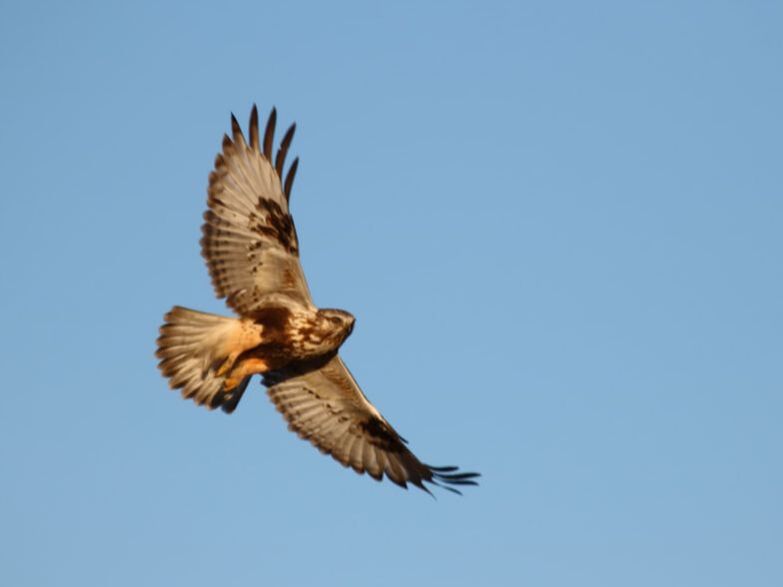
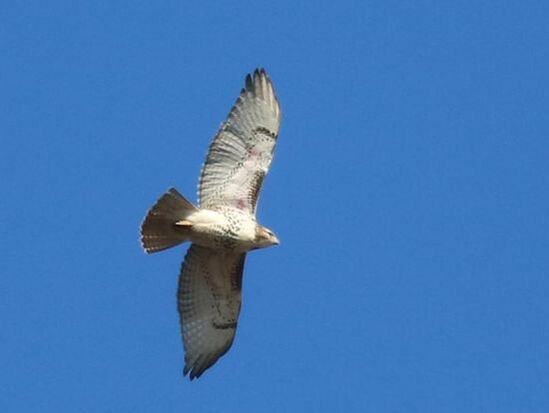
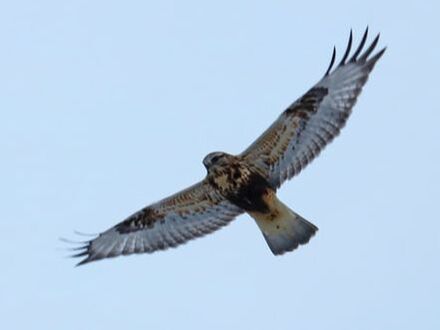
 RSS Feed
RSS Feed